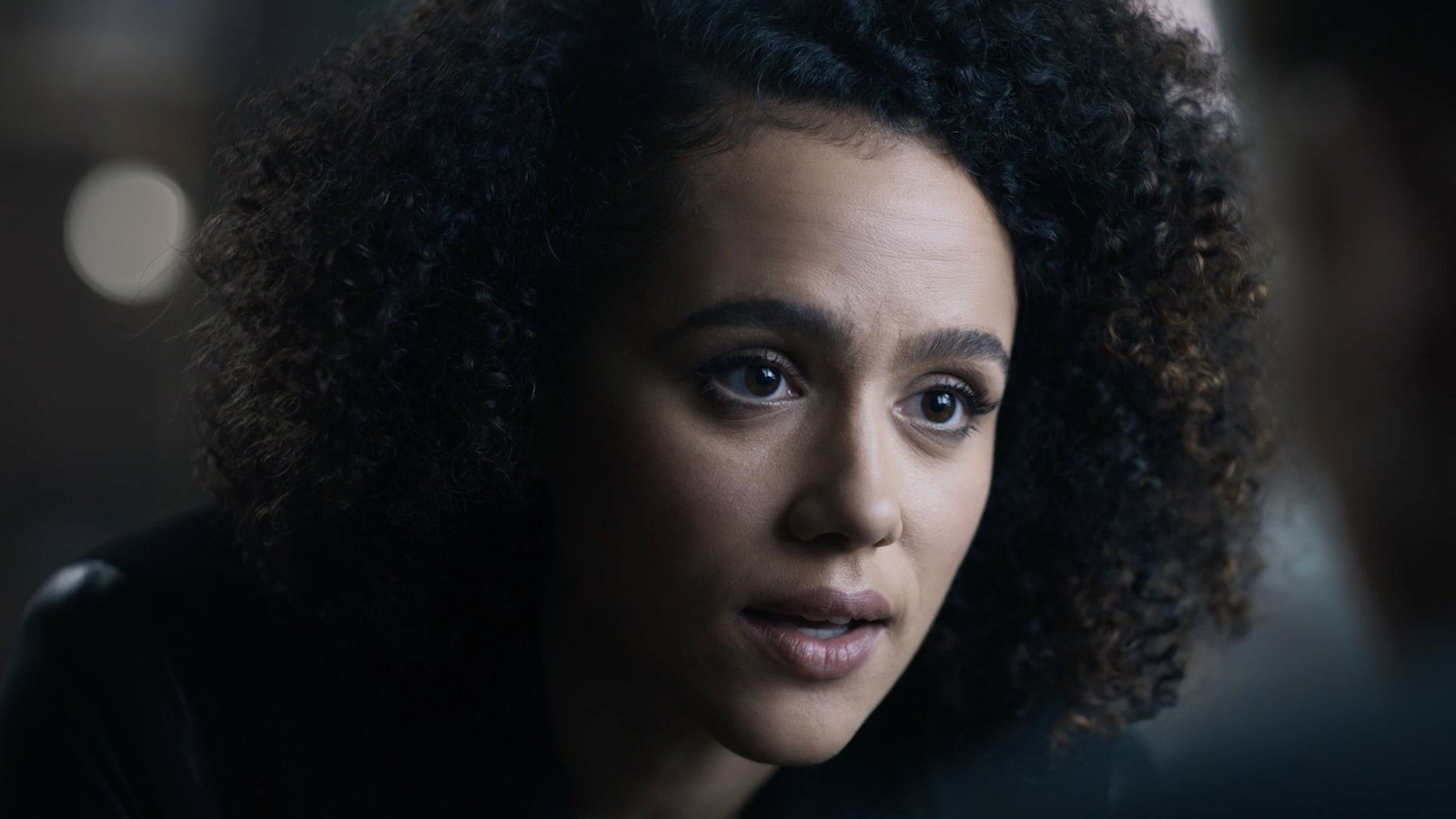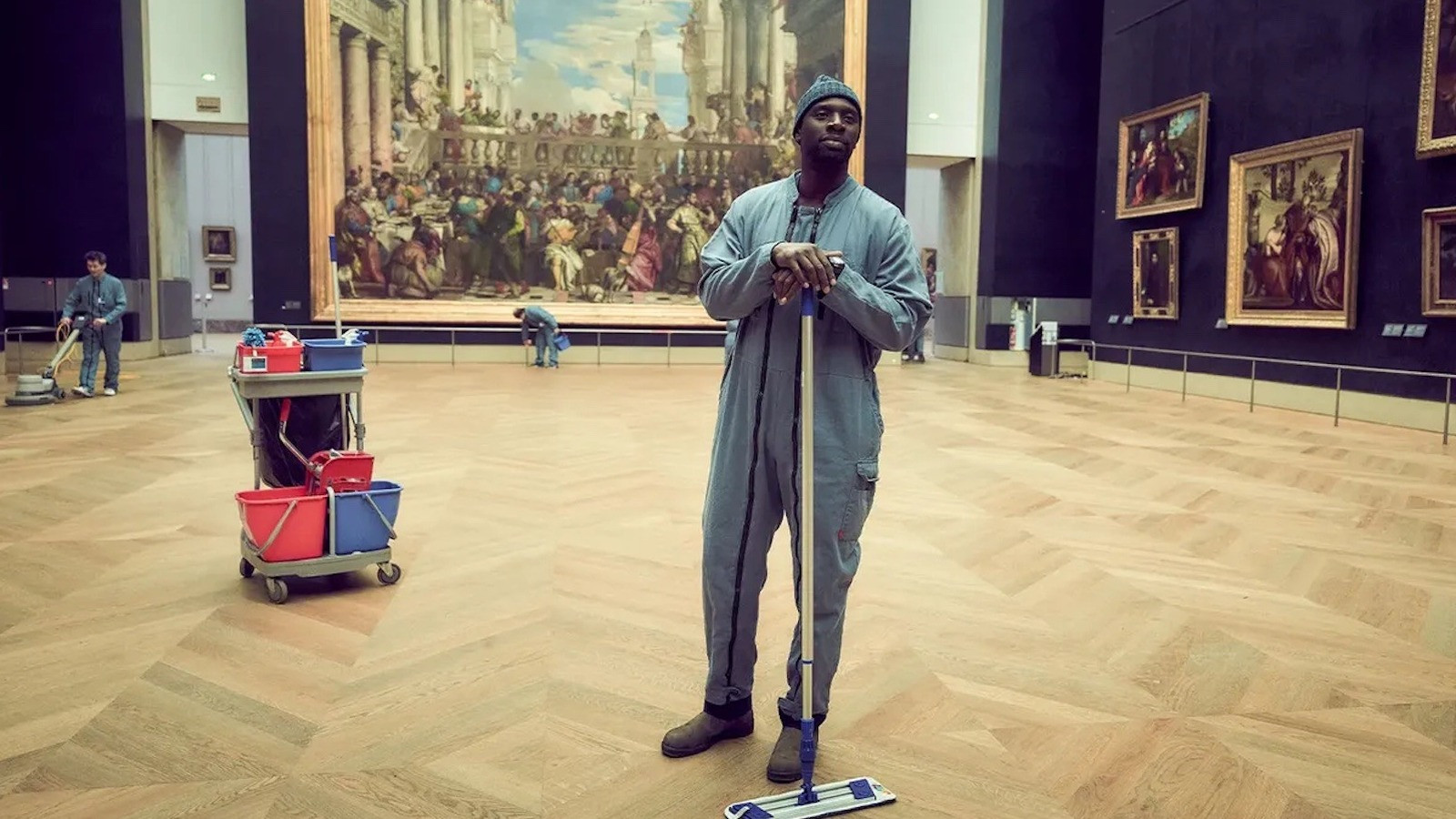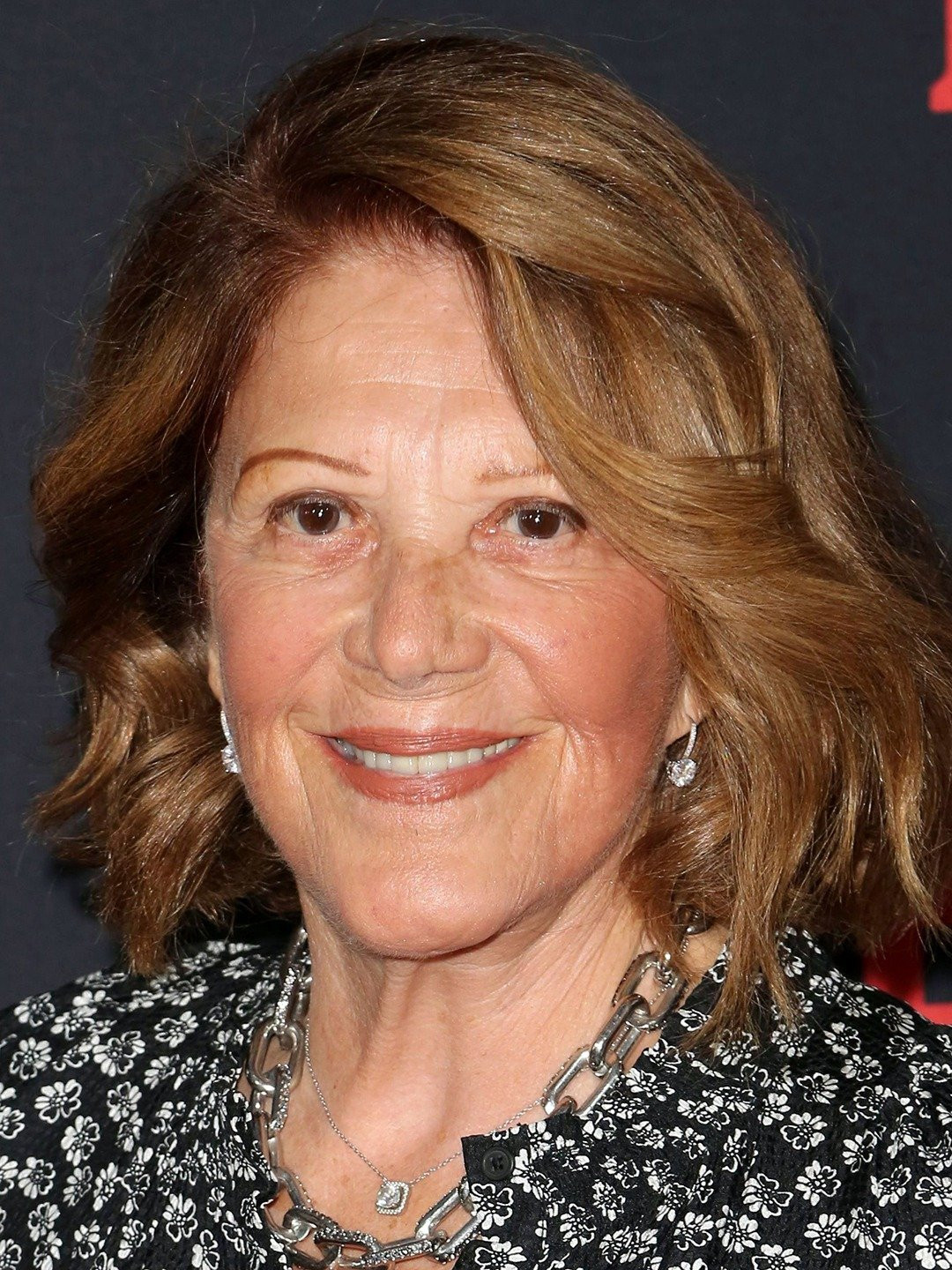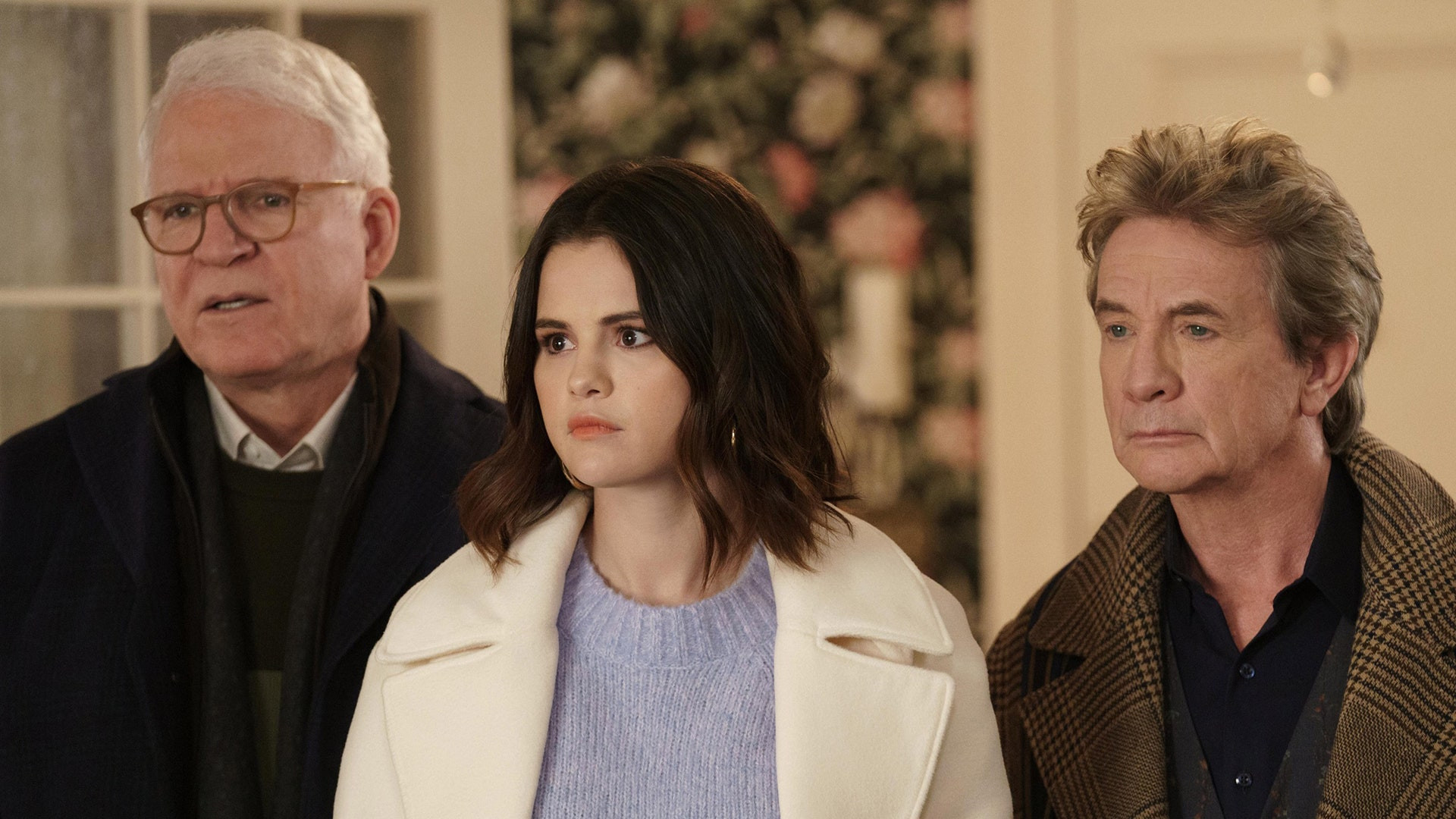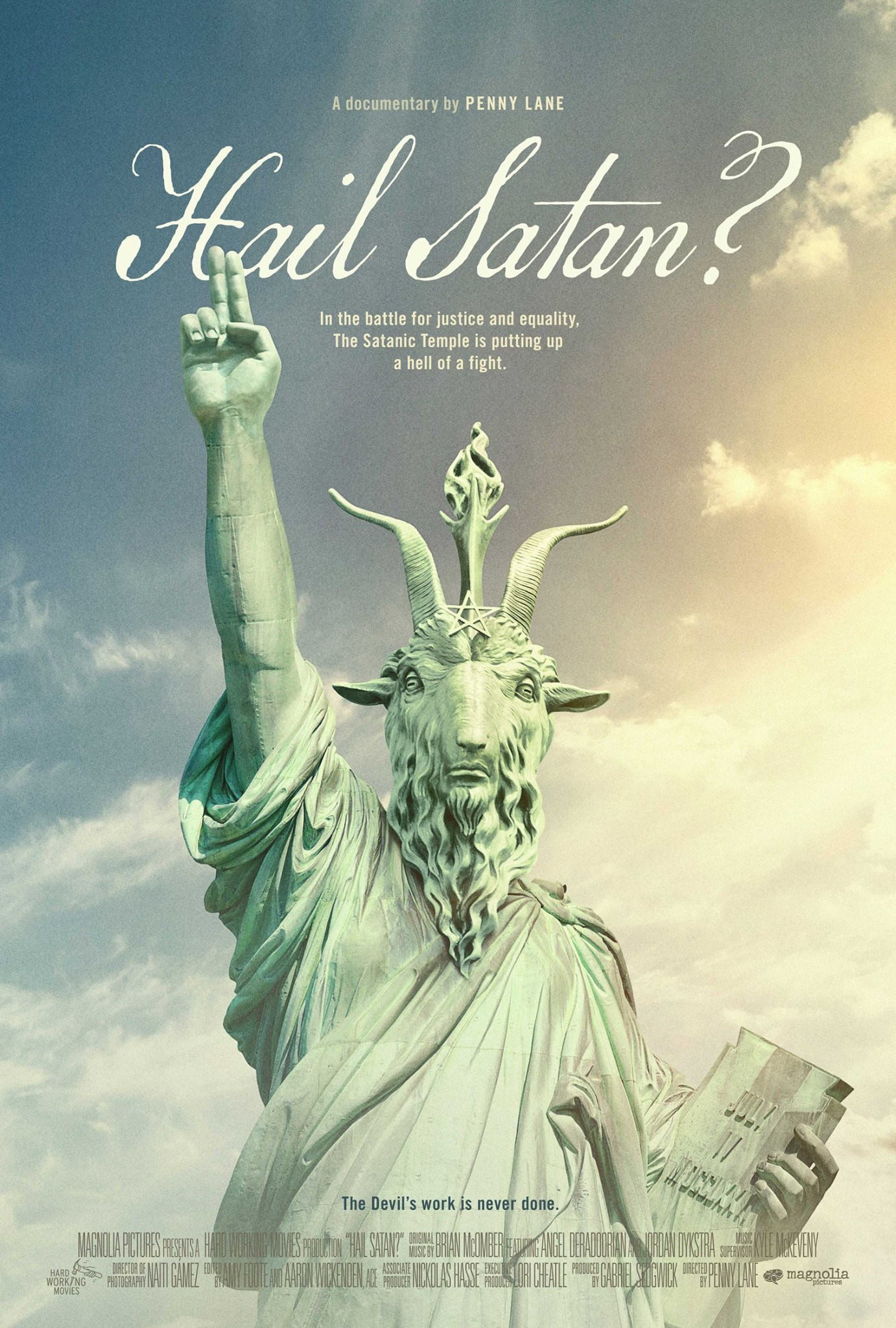It’s only fair: after years of the world ripping off the action-movie style of Hong Kong film-maker John Woo, why not let Woo take a crack at one himself? The idea for an English-language remake of The Killer, Woo’s seminal 1989 action picture starring his frequent muse Chow Yun-fat, has been kicking around Hollywood for the vast majority of the original movie’s lifespan, and now arrives as an experiment of cross-cultural translation: American writers Josh Campbell, Matt Stuecken and Brian Helgeland have adapted Woo’s original Hong Kong screenplay to a Paris setting, featuring characters of English, Irish, French and American origins, handed back to Woo for re-reinterpretation. (And – fittingly for such an odd project but unfortunately for the big-screen grandeur of even the lower-rent Woo movies – a streaming-exclusive debut.)
In the original film, Chow plays a highly skilled assassin protecting a young singer who has been blinded in the crossfire of one of his jobs, while eluding and eventually bonding with a local cop, as other underworld types close in. The remake’s basic set-up is similar: Zee (Nathalie Emmanuel) protects blinded singer Jenn (Diana Silvers) while eluding and eventually teaming up with local cop Sey (Omar Sy). The details of the plot mechanics are heavily modified – Jenn becomes more of a direct target, for largely dull and drug trade-related reasons – but the most immediately noticeable difference is the switch from male to female assassin. Alert the fan-goons: The Killer has gone woke!
Actually, for the clearheaded viewer who doesn’t rage at the sight of a woman of color in a leading role, it’s a little disappointing that the gender flip has been handled so gingerly, ultimately sidestepping (or at least sublimating) any true chemical attraction between Zee and Jenn. The assassin and the singer have a romantic relationship in the earlier film, and there are also plenty of homoerotic readings of the killer/cop bond, too; the new movie offers plenty of opportunities to flip or play with either dynamic, and mostly takes a pass. That’s indicative of its overall approach, which is less romantic or operatic than vintage Woo, and more interested in the goofy-glam aesthetics of Paris demolition. It’s like he’s directing the late-2000s EuropaCorp version of his own material, wresting it back from Luc Besson and the like.
On that level, the 2024 Killer works. It’s not going to replace the 1989 film in anyone’s affections, save perhaps the family of the people starring in it – and really, could even Emmanuel’s own mother deny the power of Chow? But on the movie’s own terms, Emmanuel (probably best known as a later-period addition to the Fast & Furious series) cuts a striking action figure and delivers the necessary killer-with-a-code empathy. Silvers has developed a sweetly raw and unaffected screen presence, and Sy makes a likable foe turned friend.
The real star, however, is Woo, who still knows how to stage mayhem more inventively than a hundred other Hollywood up-and-comers who probably worship the original Killer. His previous English-language film, 2023’s dialogue-free holiday-themed revenge thriller Silent Night, was also his first Hollywood production in 20 years. It had some action-movie juice and plenty of that heavy Woo melodrama – which, with the thinness of its characters, threatened to drag the movie down into a miserable genre wallow. The Killer is lighter on its feet. In another context, maybe this would feel like an unforgivably superficial trespass against the heaviness of the original. With Woo in charge, it’s a mischievous experiment: how would this assassination scene play if the assassin were mainly using an assembled samurai sword, rather than guns? How can we work more motorcycles into this? Could Zee wear a series of stylish disguises? The doves and the slow motion should go without saying.
It all hews close to the now-cliche idea of Woo’s movies as action ballets, with typically absurd touches like the flurry of colorful Post-its that fly through the air during a hospital hallway shootout. (Naturally, in classic action-movie fashion, Zee’s decision to protect Jenn likely results in dozens more people getting killed than if she just shrugged it off.) The existential angst is nonexistent in this iteration, and yes, Woo is now self-imitating the type of thing that’s now available from a variety of sources, whether the John Wick series, DTV action-junkie cult items or any number of neon-drenched girl-with-a-gun exercises that sit on various streaming services (Gunpowder Milkshake, Kate, etc). There’s nothing urgently necessary about a new version of The Killer. It humbly presents the optional but delightful spectacle of watching John Woo have fun again.
Well, he finally did it. John Woo finally released that American remake of The Killer that’s been in the works almost since the first one premiered back in 1989. Woo’s original, starring Chow Yun-fat and Danny Lee, was one of the key films that introduced Hong Kong genre cinema to western cinephiles. Today, it stands like an ancient cathedral, a monumental achievement that’s impossible to imagine being made in the year 2024. It’s a magnificent action melodrama overloaded with heated emotions and extravagant violence, over the top in every conceivable way. One of its poster taglines was “One Vicious Hitman. One Fierce Cop. Ten Thousand Bullets.” Frankly, that math seemed too conservative. To make the same movie today, you’d probably have to reengineer human civilization.
Which is all another way of saying that it would be crazy to expect the 77-year-old Woo (who recently returned to filmmaking after a long period away with last year’s Silent Night, a film I liked but most others didn’t) to try and make the same movie again. Luckily, he hasn’t. This new, half-gender-flipped version of The Killer, set in France and starring Nathalie Emmanuel as the expert assassin and Omar Sy as the cop obsessively pursuing her, has roughly the same plot outline as the original but a totally different mood. It skips the florid romanticism, the thick atmosphere, the grand mythmaking, opting instead for a breezy, silly modesty. It’s fun, ridiculous, and deliriously violent in its own right.
The Killer is being released direct-to-streaming on Peacock and — it feels like a betrayal to admit this — that might really be the place for it. The streamers have for years been trying to sell us bloated, try-hard action clones with zero imagination or invention. And while this new Killer doesn’t have the insane grandeur of the old one, Woo does still know how to be creative with his action scenes, even when he’s just playing the hits. Some of the moves in the new film are borrowed from the previous picture (including a couple of iconic ones), while some feel like they’ve been made up on the spot. But this time, the assassin in question, Zee (Emmanuel), is as deft with her hands and her thighs as she is with guns and rifles. When she offs an entire nightclub full of goons, she does so with a carbon-fiber samurai sword hidden in pieces inside her skin-tight black dress, which she assembles while gyrating seductively on the dance floor with a man she’s about to split open. There’s plenty of blood in The Killer, but Woo also slips in moments of his patented gruesome poetry. One man’s demise is accompanied not with geysers of gore but an explosion of red flower petals, another with the crystalline burst of a champagne bottle.
It’s those shards of glass that wind up accidentally blinding Jenn (Diana Silvers), a seemingly innocent singer who just happens to be in the room when Zee is carrying out one of her hits. We already know that Zee, despite her brutal profession, has a moral code: After every kill she lights a candle for the deceased, and her ritual question after getting an assignment from her boss Finn (Sam Worthington, sporting a charmingly goofy Irish accent and evidently having the time of his life) is, “Does this man deserve to die?” When Finn asks Zee to find Jenn in the hospital and finish the job, our hero has a crisis of conscience. That’s also how she meets Sey (Omar Sy), who immediately seems to sense that there’s more to this woman. Woo has taken a page or two from Luc Besson’s La Femme Nikita (1990) to flesh out Zee’s backstory. The great Tchéky Karyo, who played Anne Parillaud’s cool-as-ice handler Bob in that movie, even puts in an appearance here. (La Femme Nikita got its own Hong Kong remake back in 1991; the give and take between Hong Kong action cinema and France’s “cinema du look” movement was quite pronounced back in the day.)
“My specialty is I know how to make my actors look great,” Woo told me when I interviewed him a couple of years ago. “I know how to find the proper angle to make them look beautiful.” It really is one of his great talents. It was that instinct that prompted him to turn Chow Yun-fat into a Hong Kong cross between Alain Delon and Ken Takakura with a bit of Clint Eastwood thrown in. He tries something different with Emanuel, first highlighting her reserve and, later, her physicality. (He doesn’t need to expend too much extra energy to make her look gorgeous.) He films Sy from low angles to maximize the six-foot-three actor’s size, but he also captures the slightly bemused expression on the performer’s face, as if Sey is enjoying Zee’s ability to constantly get away from him. He’s quickly drawn to her as an equal; that the other cops appear to be corrupt doesn’t hurt, either. The back and forth between this huge cop and this slinky, slippery criminal becomes a fun cat-and-mouse game. This is The Killer, after all, so we know that they will soon start working together to protect Jenn and, eventually, each other.
But back to the action. Any Woo film will live or die by how he’s engineered the slaughter. This new Killer is loaded with action scenes, and they never feel phoned in or generic. As with the John Wick films (though this movie is a lot sillier than the John Wick films), there’s a sense that each sequence has been designed to showcase different skills, objects, and settings. But it all feels intuitive, too, not programmed. In the “heroic bloodshed” era of Hong Kong cinema, Woo and his colleagues developed the mayhem as they filmed. There wasn’t always a set script; sometimes there was no script at all. They would think up one move, one shot, one angle, then think up another one, always using what had just transpired as inspiration for the next. That was the key to their art, and it’s also why Woo was one of the few to successfully make the transition to Hollywood; he was given the power (at least in some productions) to work in his own way. It feels like he’s managed to find a path back to that sense of freedom. By the time the climactic set piece arrives in The Killer (as with the original, it’s set in and around a church), we find ourselves wondering what new inventively loopy way of killing we’ll get to see this time. Woo doesn’t disappoint.




